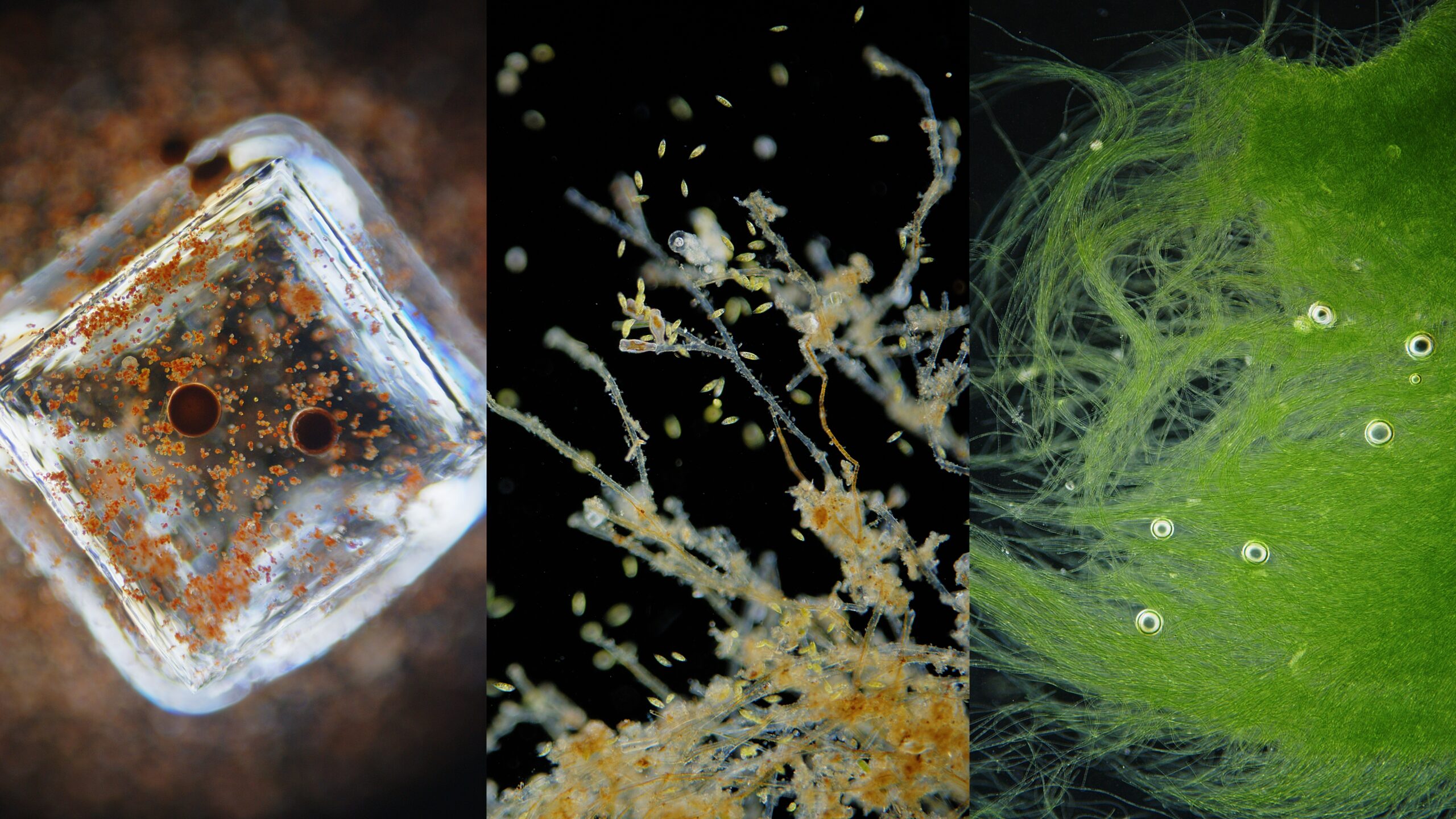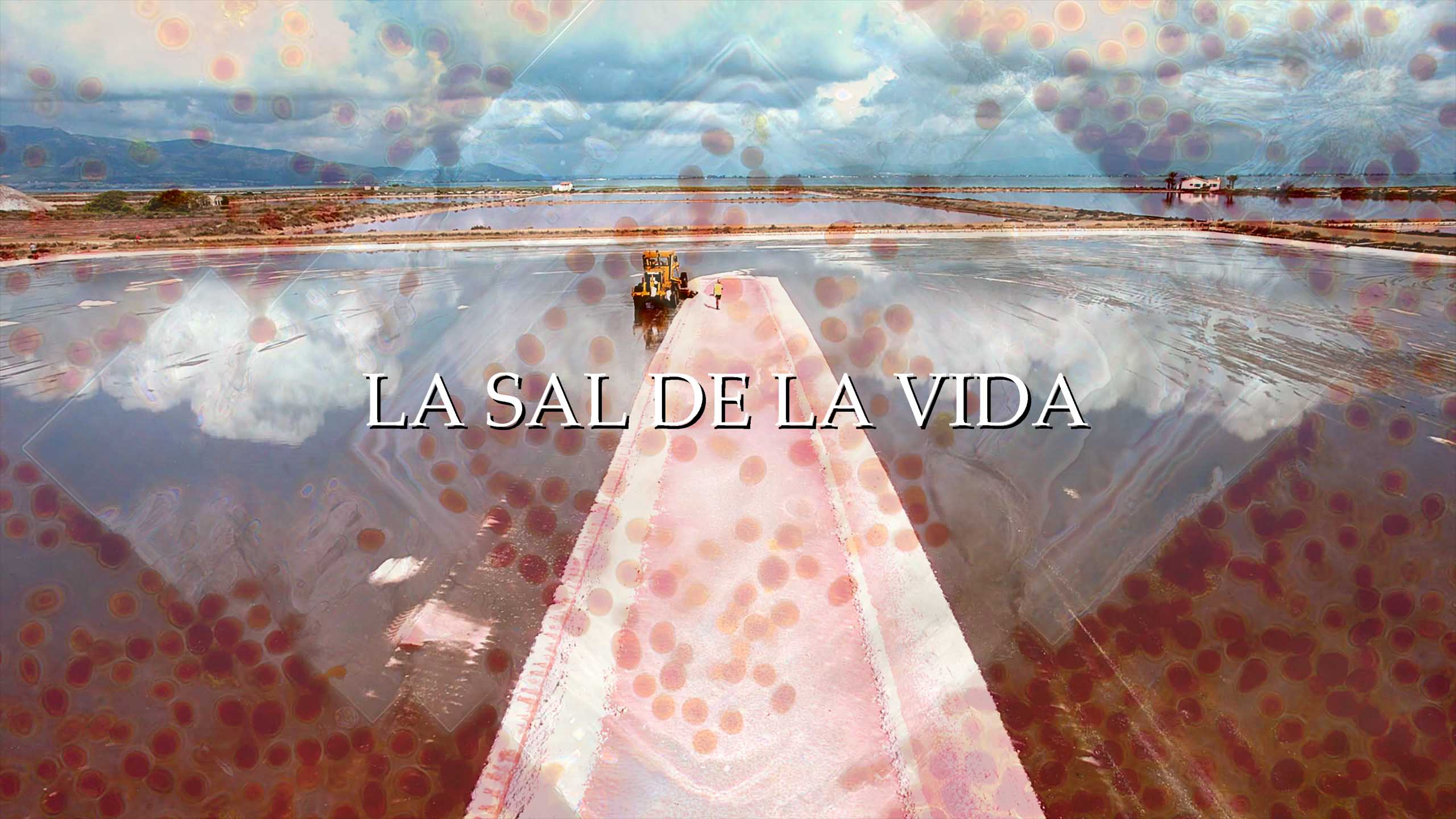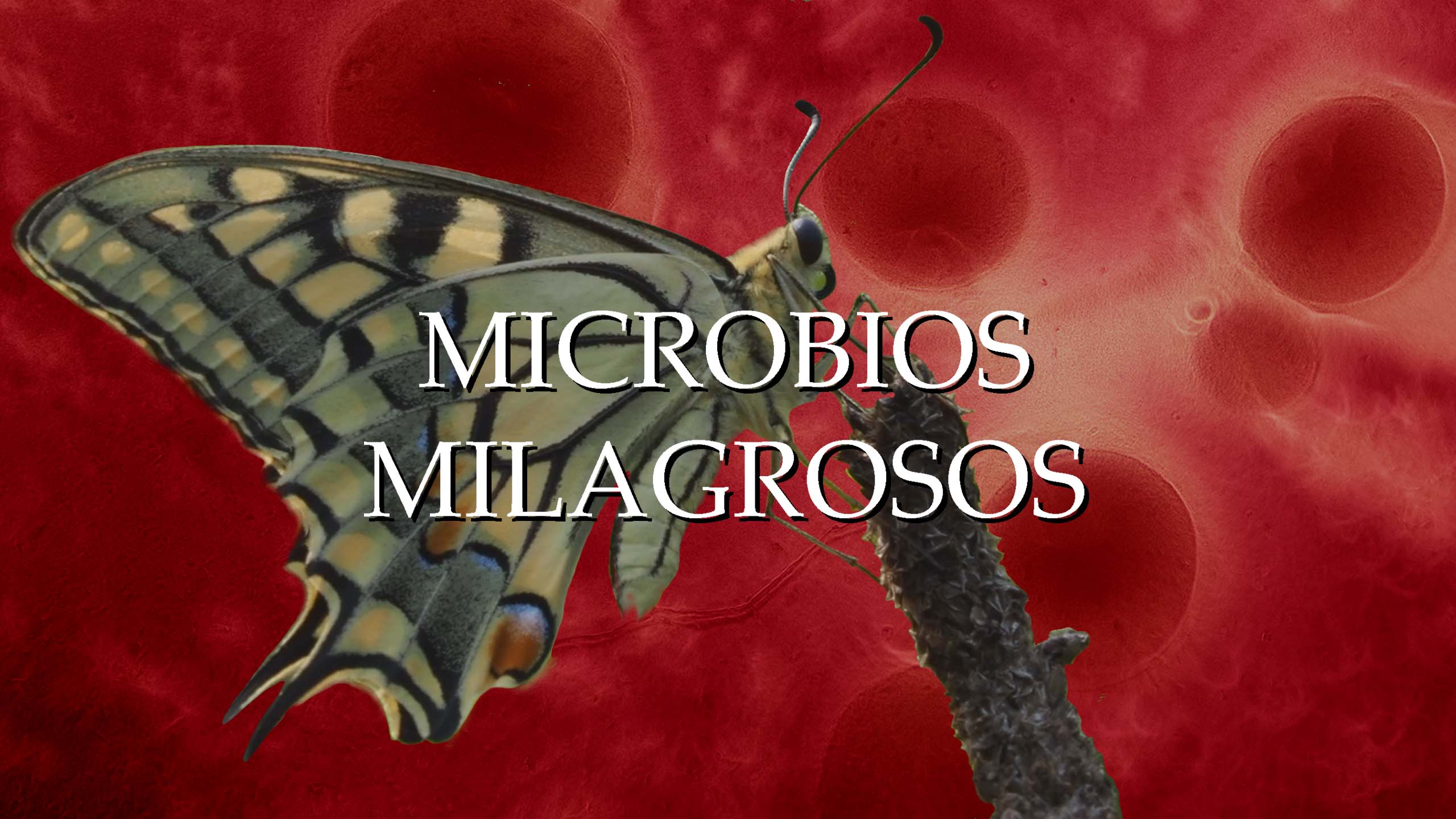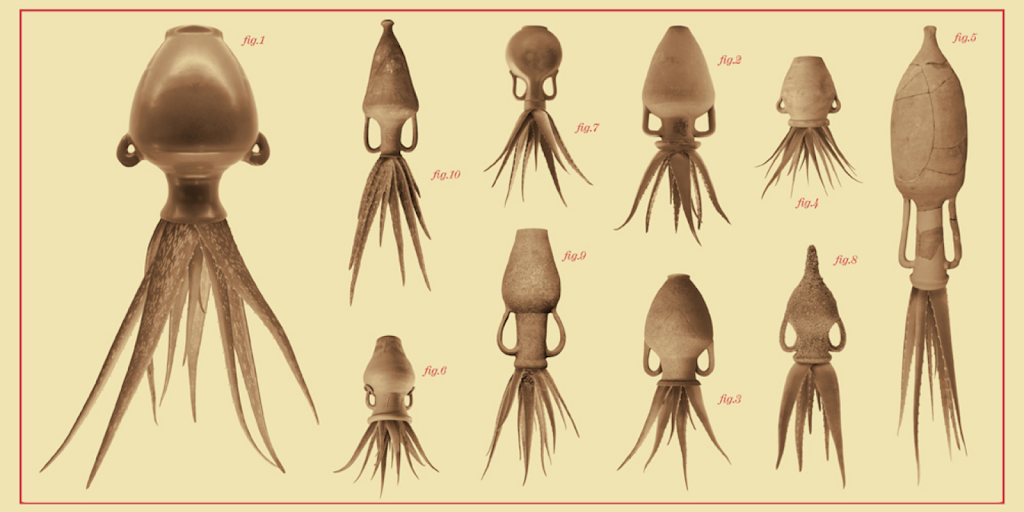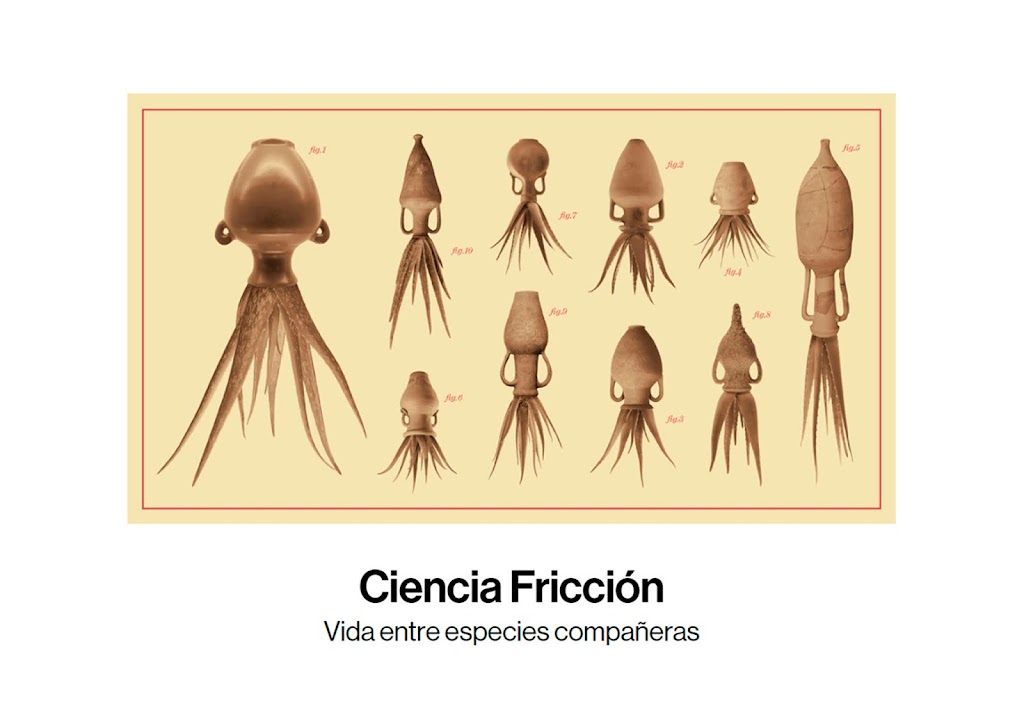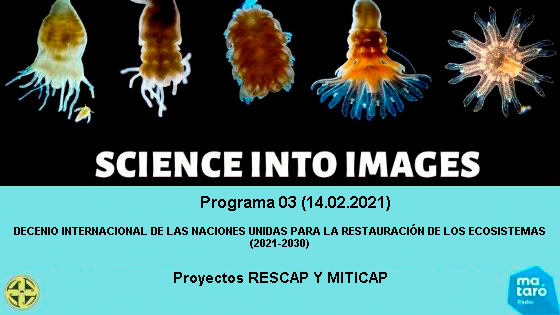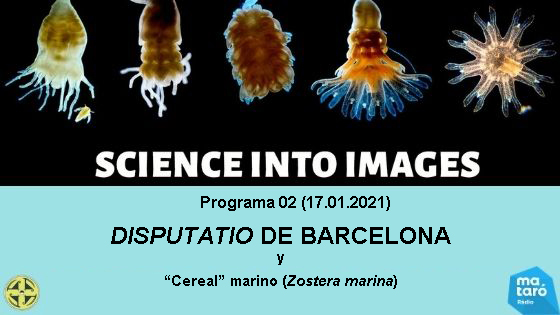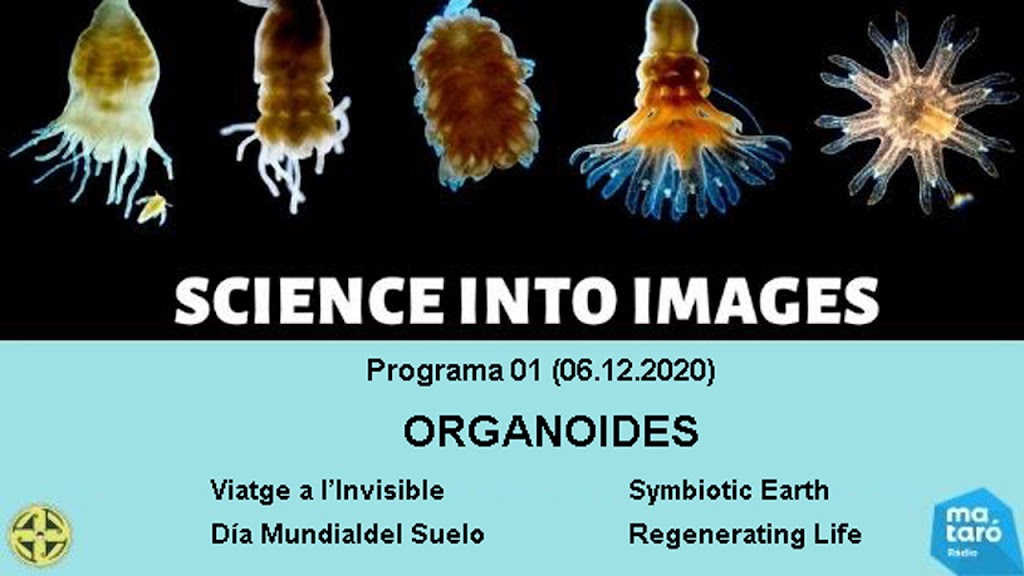THE SALT OF LIFE
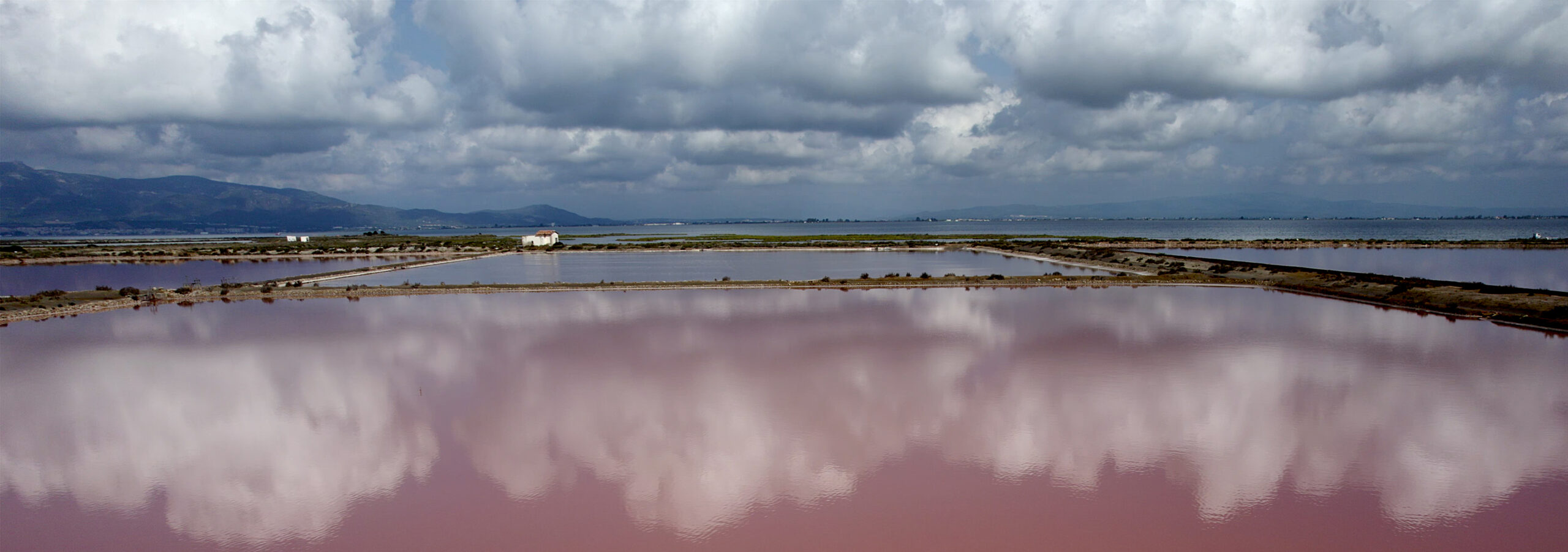
“There is nothing more useful than salt and the sun.”
This saying, attributed to the Roman writer and soldier Pliny the Elder almost 2,000 years ago, highlights the importance that humanity has given since ancient times to one of the main products extracted from seawater.
The salt
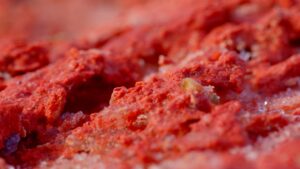

The salt Pliny was referring to is a mineral formed by the union of two chemical elements, chlorine and sodium, and is the only rock we can eat directly.
Most salt is dissolved in the water of seas and oceans, and to extract it, we have developed different techniques, most of them based on natural evaporation and crystallization processes, such as those carried out in coastal salt mines, where millions of tons are extracted each year.

Coastal salt mines are very special ecosystems. Their location makes them a haven for numerous bird species, many of which establish their breeding, feeding, or wintering colonies here.
The waters surrounding the salt flats, which are the same from which the salt will later be extracted, are home to a coastal marine ecosystem inhabited by representatives of a vast array of organisms. They are home to oxygen-producing cyanobacteria that form green mats that cover the shallow sediments.
A characteristic of these cyanobacteria is that their filaments are constantly moving, and nematodes, perhaps the most abundant animals on the planet, roam among them.
Some mollusk species also find these waters an ideal place for their newly hatched larvae to enjoy the tranquility they need to develop.
Polychaete worms are abundant and colonize both the surface of the sediment and the shells of other animals while filtering the water in search of organic particles or tiny planktonic microorganisms, something that urochordates such as sea squirts also constantly do.
Here, it is also possible to find tiny and delicate microscopic jellyfish and a large number of crustaceans, both in their adult and larval stages.

This entire marine ecosystem changes radically when water enters the salt flats. And the striking colors displayed by the lagoons where the salt crystallizes are simply a reflection of the unique biodiversity they harbor. A biodiversity made up of an enormous number of microscopic organisms adapted to living in conditions of extreme salinity and sunlight.
One of these organisms, perhaps one of the most characteristic, is the alga Dunaliella salina, known precisely as the “salt flats algae.”
Dunaliella salina is the eukaryotic organism with the highest salt tolerance, and it is this tolerance that allows it to inhabit these waters, whose salt content can reach extreme levels. But this causes stress, and when that happens, it produces a substance to protect itself.
This protective substance is beta-carotene, which is precisely what gives it its striking red color.
Dunaliella also produces large quantities of another substance, glycerol, which it uses to regulate the salt concentration inside the cell.
However, Dunaliella‘s membrane is not impermeable, and much of the glycerol escapes into the environment, which constitutes an excellent food source for the multitude of bacteria with which it coexists.
And this is where a special relationship between the microorganisms that live in salt flats and salt production emerges.
The abundance of Dunaliella and bacteria causes the water to heat up more quickly and reach temperatures much higher than ambient temperatures. Furthermore, each of the bacteria can act as a nucleus for the formation of salt crystals, accelerating the process.

But not all salt flats are found on the coast. Some are also located inland, in areas far from the sea.
Ilargi Martínez-Ballesteros, principal investigator of the MikroIker group at the University of the Basque Country/Euskal Herriko Unibersitatea (UPV/EHU), tells us about these salt flats and her recent discoveries.
“We are in Salinas de Añana.
This salt flat is perhaps different from those we can find in other places on the Iberian Peninsula, for example, since its unique characteristic is that the brine used for salt production comes out through the presence of a diapir in this valley, in the Añana Salt Valley.
Various studies have analyzed the depth at which this diapir may be located. It is not known specifically, but it appears to be more than 200 meters deep. The water that filters through has underground contact with the halite found deep underground and dissolves it before reaching the surface through various springs in the valley.
A curious fact about this valley, which we have also seen strongly influences the presence of halophilic microorganisms in the brine water at this salt mine, is that just a few meters away, there are different springs with different salinities.
For example, there are two springs, one called El Pico and the other El Pico Dulce, located just a few meters apart, and the microorganism taxa we found there are completely different. This is due to their adaptation and because the amount of salt in the brine in the different springs is very different.
At Pico Dulce, we are talking about saline water, which has around 20-30 grams of salt per liter, and at El Pico, it reaches 230-240 grams of salt per liter—it is completely salty.
That vast difference is what we’ve seen primarily determines the presence of one type of halophile or another in the brine.
Another characteristic we’ve been discovering by studying the presence of genetic material, DNA, in the water through its extraction and sequencing is that we’ve been able to identify bacterial and archaeal populations that have been previously described, but we’ve still missed out on many sequences, a lot of DNA, that we haven’t been able to identify.

And yes, for now, we’ve discovered a new species that has been characterized here, in Salinas de Añana, in the brine of the main spring, the Santa Engracia Spring.
Perhaps microorganisms are living there that we don’t yet know about, and perhaps we’ll be able to isolate and observe them in the laboratory.
On the other hand, the study of halophiles is also interesting because it has been discovered that, thanks to the adaptations they have developed throughout their evolution to survive in these extreme salinity conditions, they produce different metabolites, products that may be of interest for biotechnological uses.
The new bacterium discovered in the Añana Salt Flats has been named Altererythrobacter muriae, and among its characteristics is its ability to live in water with a concentration of up to 200 grams of salt per liter, a characteristic that places it among the group of microorganisms considered halotolerant.

What does this bacteria feed on in the brine?
Altererythrobacter muriae does not carry out photosynthesis, does not have chlorophyll, and feeds on the organic matter present in the waters in which it lives, which is why it is considered a heteroorganotrophic organism.
Scientists have proven that Altererythrobacter muriae produces pigments called carotenoids.
What function do these pigments perform?
The main function of this pigment is to act as an antioxidant, preventing the damage that excess oxygen could cause to the bacteria.
Many of the microorganisms that inhabit inland salt marshes are considered extremophiles, since they have adapted to living in extreme environmental conditions. In this case, extreme salinity and, often, sunlight. But not all are extremophiles. Others, such as Halomonas, a bacteria common in these environments, are not extremophilic but halotolerant, meaning they are able to withstand the salinity typical of these waters, although it is not exclusive to them.
But… why are these inland waters salty? How did the salt get to these areas?
The thick layers of salt left behind by the disappearance of ancient seas transformed into a rock called halite, which forms what we now know as salt domes or diapirs.
Water circulating through underground aquifers passes through the diapir and dissolves it before exiting the surface with a high concentration of salt. This high concentration, combined with the increase in temperature caused by sunlight, causes the salts to begin to crystallize.
In addition to sodium chloride or common salt, which is the main component of halite, the rock that forms the diapir, water also dissolves other compounds as it passes through. Some of the most common are salts of elements such as calcium and magnesium, usually in the form of carbonates and sulfates.
You can see the beauty of the Añana Salt crystals forming at this link: https://www.youtube.com/watch?v=8wiI2X-J-vM
https://www.youtube.com/watch?v=8wiI2X-J-vM
In addition to the salt flats associated with diapirs, a special type of saline ecosystem occurs in the interior of continents. These are lagoons located in arid terrain, in areas where rainfall is very irregular and generally scarce. These wetlands are known as “las saladas.”

Salt marshes are what scientists call endorheic lagoons. This means they are lagoons that form in depressions in the ground because this is where rainwater accumulates. This water dissolves the salts that make up the rocks of the ground surrounding the lagoon before accumulating in the basin, from which it only emerges through evaporation caused by the sun.
It is within these salt waters that the Artemia salina, one of the animals most resistant to high salt concentrations, finds its ideal habitat. This crustacean whose morphology appears to have changed almost nothing since the Triassic period, which means it is extraordinarily well adapted to these unique and extreme environmental conditions. During the periods when the basins remain covered by water, the adult brine shrimp feed on the dense populations of microalgae and reproduce rapidly, often without the intervention of males, through a strategy called parthenogenesis.

But how do they survive long periods of drought?
The secret to their survival is a strategy called cryptobiosis, a kind of “hidden life.” When the water completely disappears, the eggs produced by the brine shrimp are trapped by the salt and exposed to the air and sun, where they can remain for a long time. Sometimes for more than ten years.
These are resistant eggs, which remain inactive until rainwater refills the lagoon. At that point, these eggs rehydrate, “awaken,” and hatch, releasing the new larvae that had remained dormant inside them in embryo form. In this way, these new generations reestablish brine shrimp populations in a seemingly endless cycle.
A natural cycle that has been in operation for more than 200 million years and is regulated by water and the concentration of one of the key elements in these ecosystems: salt.

You can watch the episode “The Salt of Life” (25 minutes. Original version in Spanish. Subtitled in English and Portuguese) from our series “Planet Microbe” at this link

